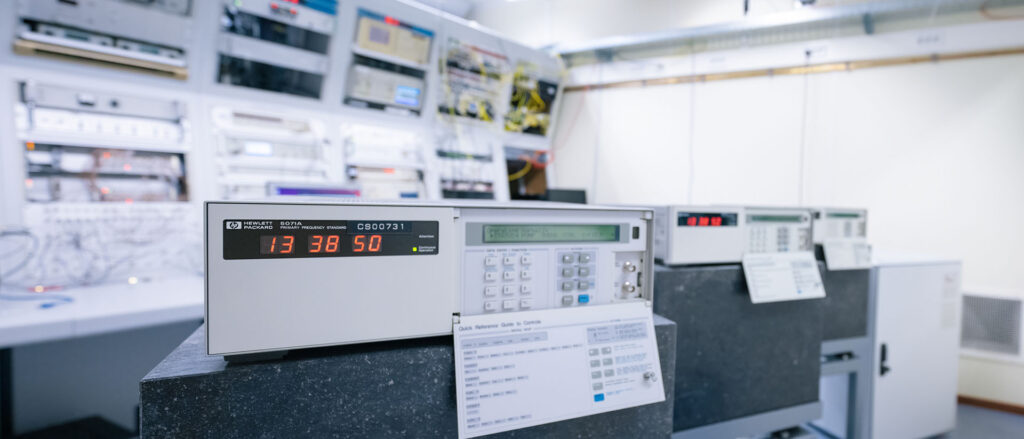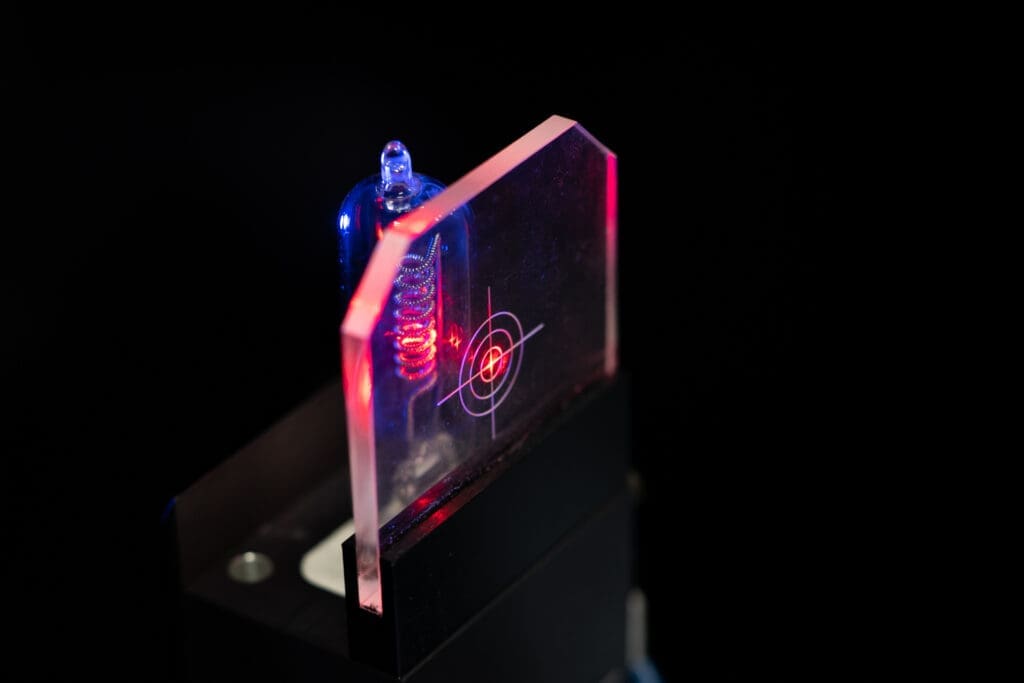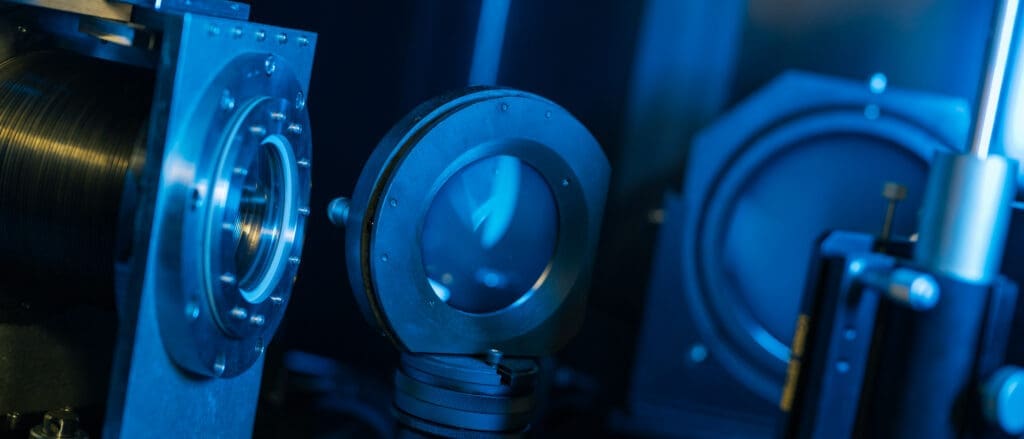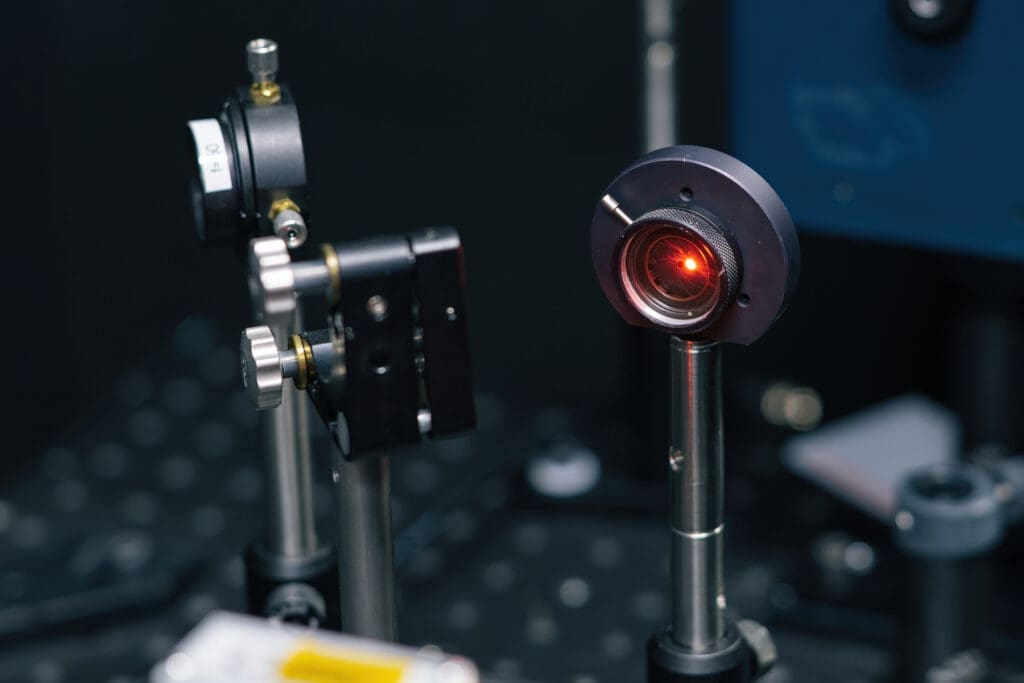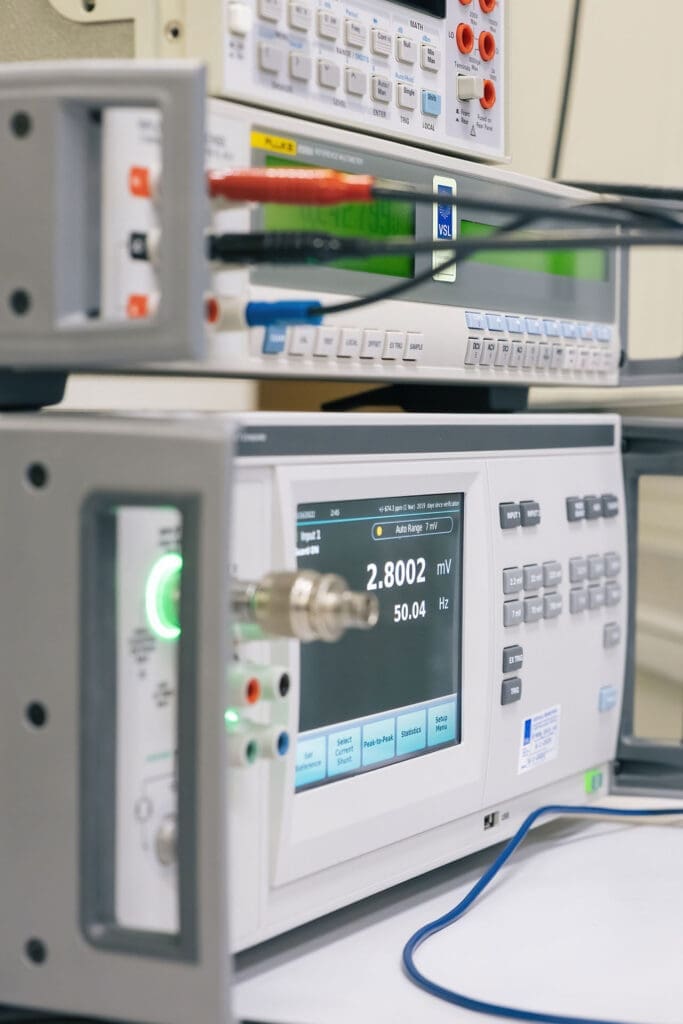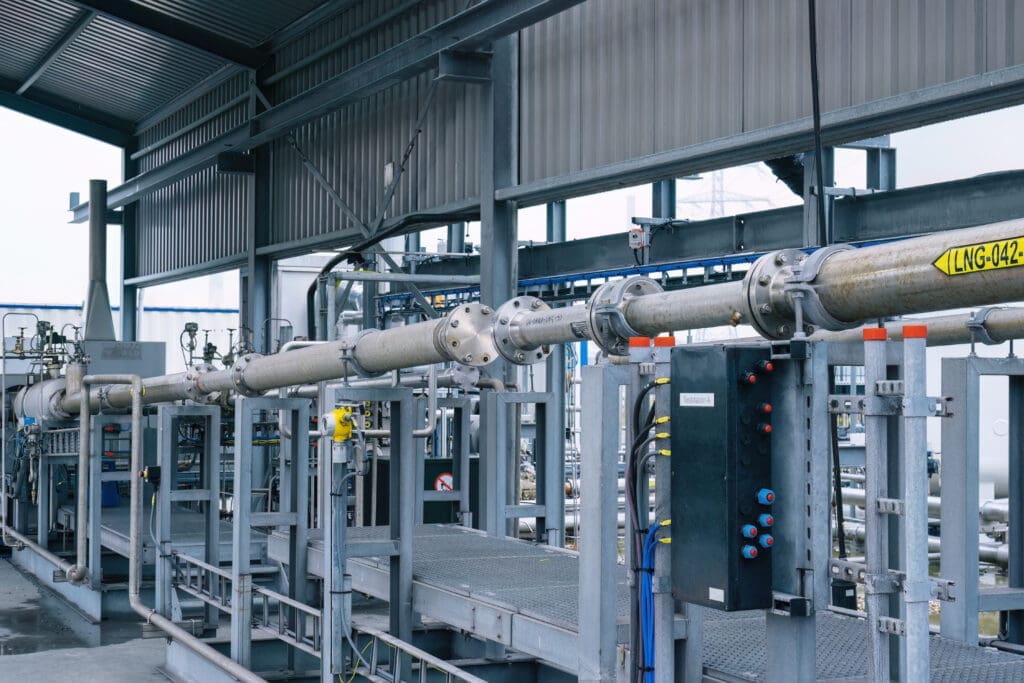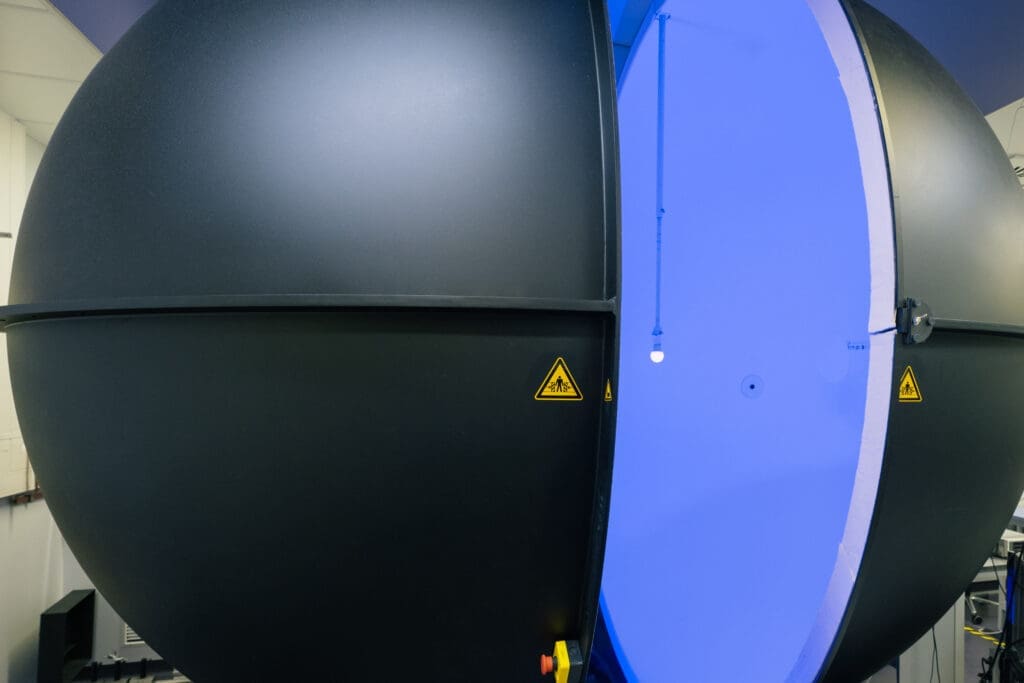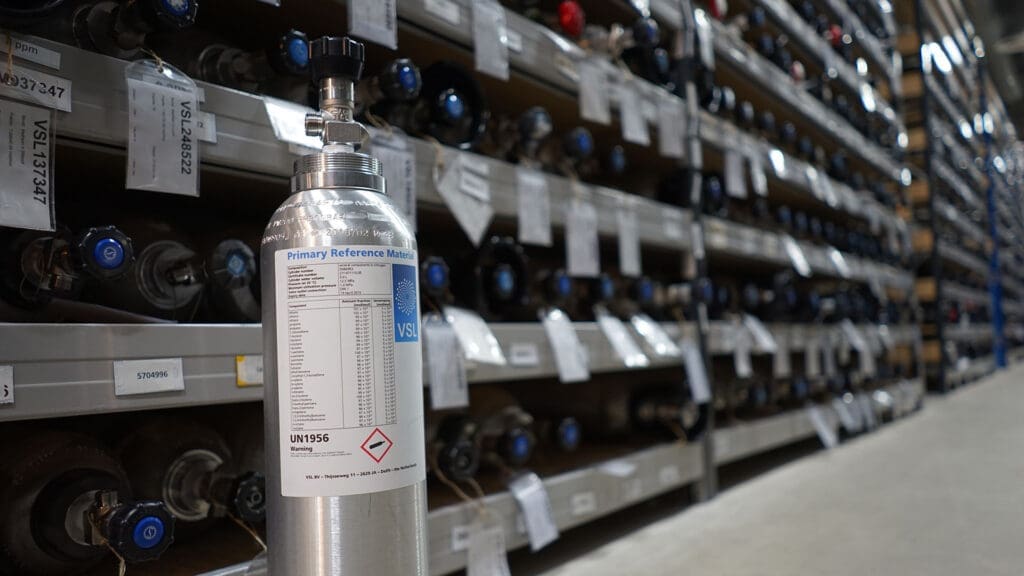Metrology for Aerosol Optical Properties (MAPP 19ENV04)
Projects
Metrology for Aerosol Optical Properties (MAPP 19ENV04)
The goal of this project is to enable the Si-traceable measurements of column-integrated aerosol optical properties retrieved from the passive remote sensing of atmosphere using solar and lunar measurements. Atmospheric aerosols have been recognized as a Essential Climate Variables (ECVs) by Global Climate Observing System (GCOS). Their absorption or scattering of solar radiation dominates the uncertainty in the estimation and interpretation of Earth’s changing energy budget.
Currently, climate observation community is largely dependent on reference artefacts and complex calibration procedures, relying on instruments stability and redundancy, and perfect weather conditions. There is no objective metrological framework allowing a reliable calibration, operation and data processing of remote sensing devices.
This projects aims to standardize the retrieval of aerosols optical properties by shortening the calibration chain, reducing calibration downtime of network radiometers and establish a comprehensive uncertainty budget estimations. The radiometers of three main aerosol monitoring networks (AERONET, SKYNET and GAW-PFR) would be characterized at NMI laboratories. Portable in-field calibration devices and cross-network wide implementation of calibration and post-processing procedures would be developed.
Our role
VSL would provide full radiometric characterization of selected filter radiometers from largest aerosol monitoring networks and selected spectral array radiometers from involved stakeholder community. The Si-traceable calibration procedures would be developed and corresponding uncertainty budgets estimated.
Start date: June 1, 2020
End date: May 31, 2023
Read more about this project here.
“The project has received funding from the European Partnership on Metrology, co-financed by European Union Horizon Europe Research and Innovation Programme and from the Participating States.”
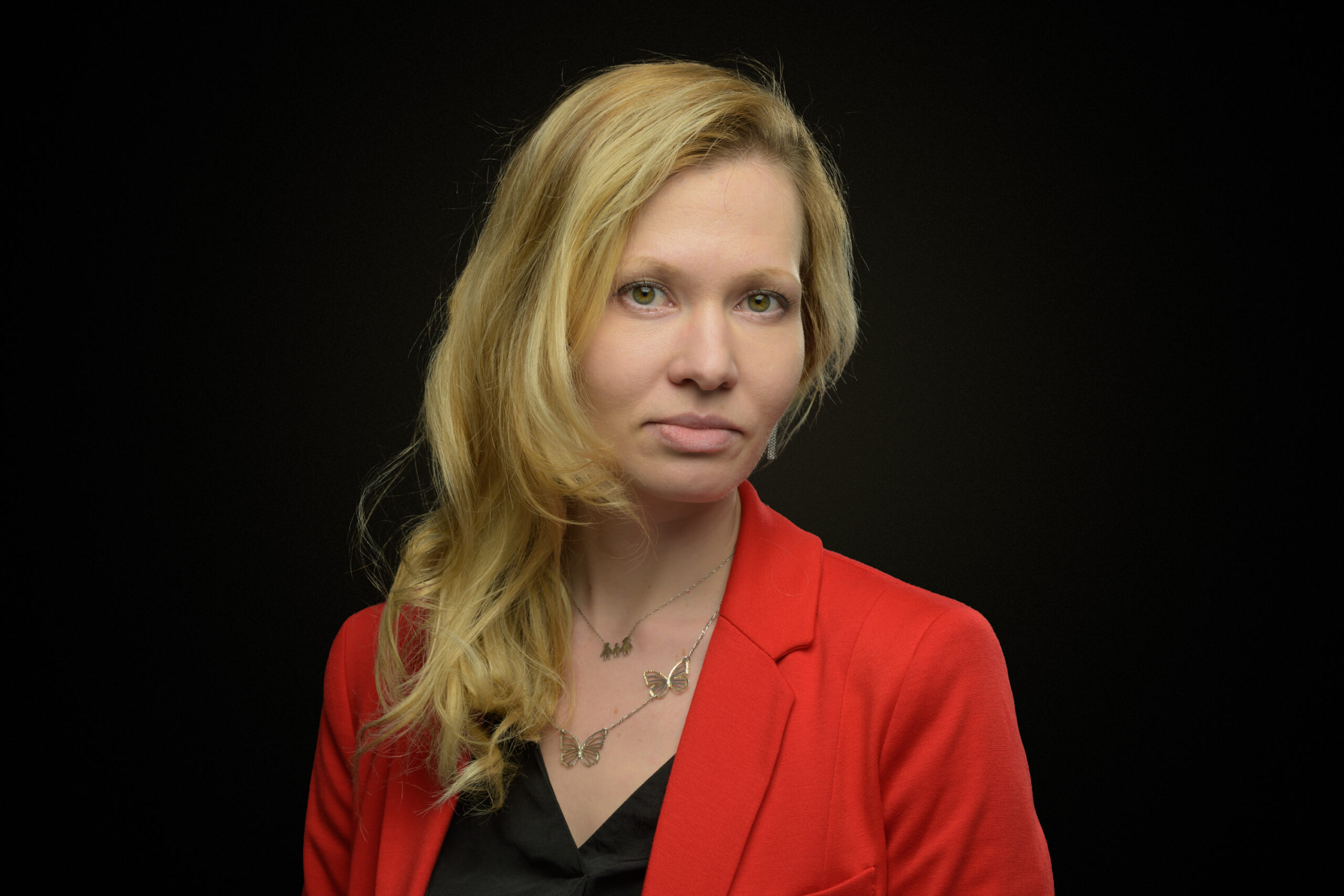
Would you like to know more about this subject?
Our experts are happy to help.
Kate Chernysheva
Scientist Length – Optics
Projects
Our expertise in practice
Read more about our projects.
